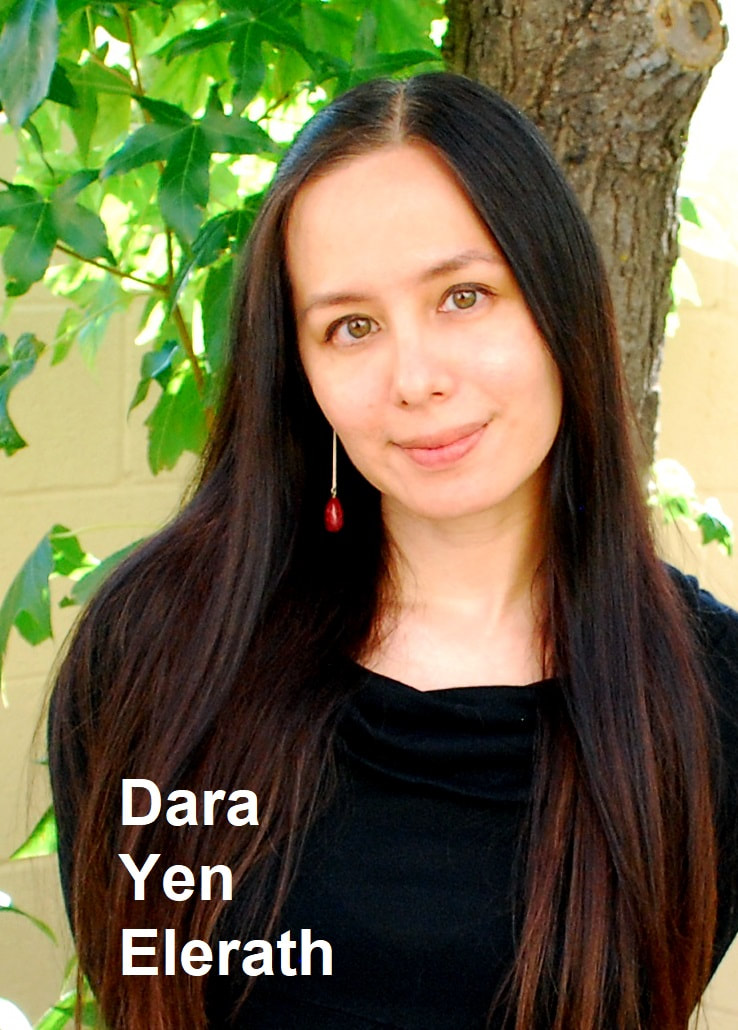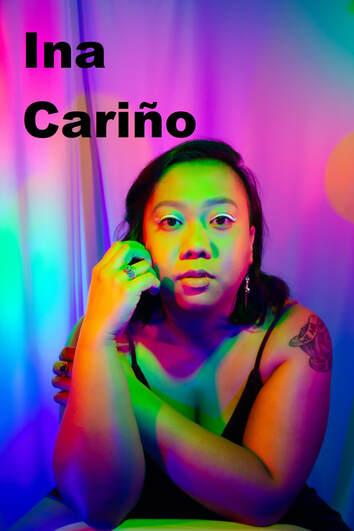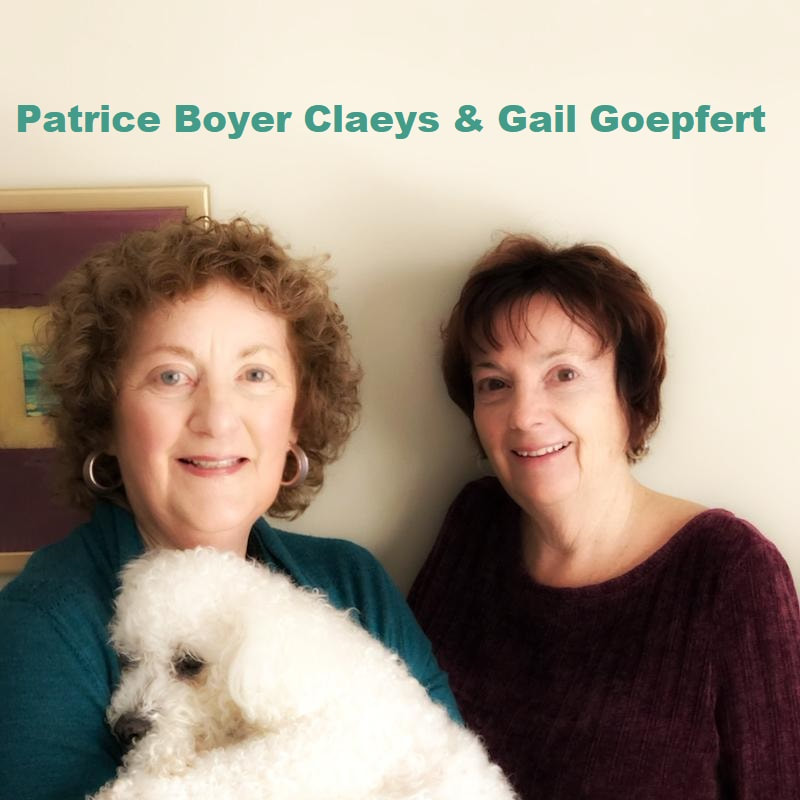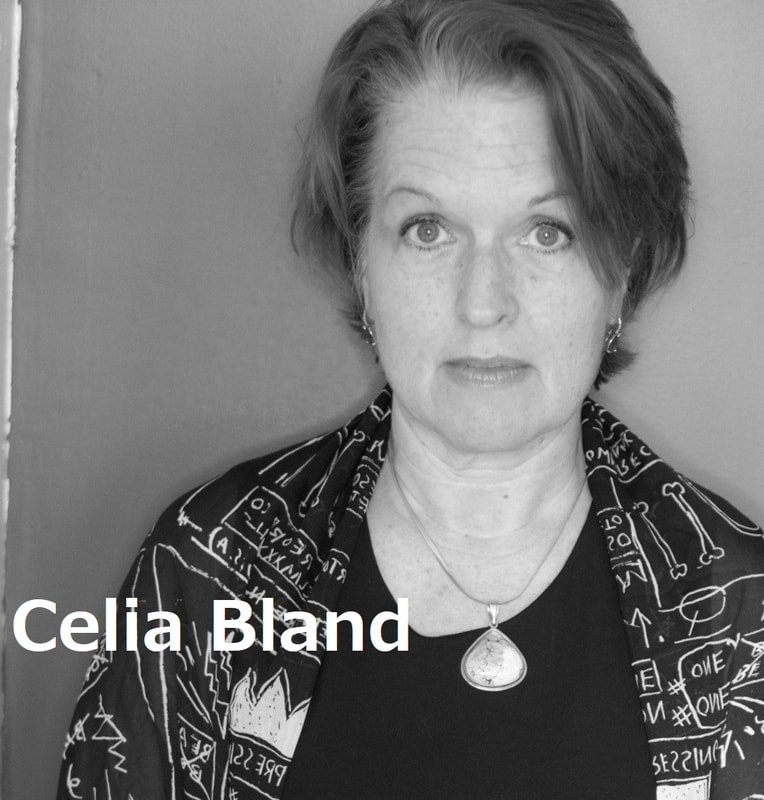|
All craft essays are SUPER inspirational. I am really thankful that they supported this project. 本当にありがとう。A new collection of essays is coming soon!
This is the strangest feeling to describe - - I was already looking forward to the next summer when the last one ended. But once I am in the sun again, I feel like, "Oh, summer" - - then my eyes soak in the sunshine and I slowly feel, "Oh, that was what I was waiting for so long!" This delayed realization is exactly how I feel about "GLYPH: Graphic Poetry = Trans. Sensory". The book was officially released from Tupelo Press on June 1st. It is now available from independent book stores, and will be available soon from Amazon and large distributors by the end of June. About one week has passed since the book came out. Pre-order and exclusive poets, writers, and artists received them, and shared the kindest words with me. 本当にありがとう。 When I received boxes of my books in the end of May, I was unexpectedly calm. I was chilling with it as if it was just another day - - but not. I know that it is hard to publish a book. It takes a tremendous amount of time & effort after trying, failing, learning, and fighting with my ego. Many, MANY people are involved from day one of GLYPH: Graphic Poetry = Trans. Sensory Project. They supported me in difficult times and when I was discouraged by rejections. They also shared my happiest moments with me. When I hold the book, this is not the end. Like a wedding ceremony, the commitment starts now. I will own this project and support the poetry & graphic/visual poetry communities with my experience and gained knowledge. One cool announcement: Tupelo Press set up an online exhibition at the KUNSTMATRIX. Please visit whenever you have a chance. 2020 - 2021 is a blooming season of graphic & visual poetry collections. * Rodney Gomez, Geographic Tongue (2020, Pleiades Press) Sarah J. Sloat, Hotel Almighty (2020, Sarabande Books) Judith: Women Making Visual Poetry by 36 women in 21 countries, Edited by Amanda Earl (2021, Timglaset, Sweden) Jennifer Sperry Steinorth's Her Read: A Graphic Poem (2021, Texas A&M University Press) Meg Reynolds, A Comic Year (Forthcoming, Finishing Line Press) * These collections were a part of this exciting graphic & visual poetry season. I was honored to know them and learn their crafting processes in the Working On Gallery. I am also aware that there are many stunning domestic and international collections that I have yet to be introduced. I am thrilled to meet more writers & artists though my lifetime. Jennifer Sperry Steinorth's Her Read: A Graphic Poem (Texas A&M University Press) just released in June. I recommend read this collection because this is a new type of erasure, visual, & graphic poetry. For more details, I wrote a review for the forthcoming RHINO Poetry Reviews. Steinorth shared the following craft essay of the making of her newest book along with her new erasure collections using Mary Shelley's Frankenstein, Or the Modern Prometheus. When I saw her Frankenstein erasure collection, it immediately reminded me of a theater play by Lookingglass in Chicago. Steinorth's color choices, textures, and mysterious, yet romantic art styles are like a performing art. Steinorth wrote, "I offer my erasure—rendered in ink and charcoal, thinking of the birth pains my monster necessitated through the voice of Mary Shelley, in what I imagine may as easily apply to her literary labors." Yes! That's it. Her process IS a performing art. I have been thinking about the future of visual & graphic poetry - - will it be tied together with films and theater plays? - - this notion is reinforced every day when I watch Netflix series of live action dramas based on comic books. The serial nature of the stories, along with the extended pacing shows a way more suited for the source material than film in some regards, and that flexibility may contribute to poetry adaptations. But I am still not sure that some short films & performance arts successfully adapt visual & graphic poems. When I observe their use of language, line-breaks, and other poetic elements, I feel like the visual aspects have more weight than the language portions. As a poet, I would like to see more word interactions. I am so lucky to see poets like Steinorth, Reynolds, Sloat, and Gomez challenging their mediums to find new ways to make use of such a great pool of poetry source material. Mining the Dead: On the Making of Her Read, a Graphic Poem Craft Essay by Jennifer Sperry Steinorth In the summer of 2016—in the heat of that election—I set out on a project that would occupy much of my next four years: the poetic and visual erasure of The Meaning of Art by Herbert Read (Faber & Faber, 1931). I’d longed to try an extended erasure and finding myself too enraged to otherwise write, it seemed as good a time as any. I was immediately attracted to the physicality of the book—a red, mid-century, cloth bound text with the title and author’s name stamped in black modernist font, all caps. But while I was attracted to the body of the text, the title chafed. What hubris to unironically title a book The Meaning of Art—as if a single volume by one man could so deliver. And lo, in what turned out to be a survey of art from pre-history to the modern age, not a single female artist appeared—save one—and she not until the third edition in 1951. So from the voice of the male critic discussing male bodies of work, I began to excavate a first person female lyric. At times the excavation seemed literal—as tediously laborious as I imagine archeological digs might be. And the correction fluid I used to elevate the chosen words hardened to a veneer of stone that made the visible text appear freshly unearthed. And as I worked I sometimes envisioned women buried by station, gender, race, earth, time clawing through the rubble to gasp, clear their throats and speak. Once my undertaking seemed to have legs, I committed myself to deconstructing the entire text---all two-hundred sixty-six pages—including seventy black and white illustrations. But 266 pages was too long for my finished project. So I devised ways of conveying text from multiple pages into a single image. Windows could be cut between pages; multiples could be stitched together. Pages that weren’t pulling their weight could be amputated. As I neared the end and considered how to draw my book to a close, it occurred to me that I—we—the speakers and I—needed more control over the materials to articulate what remained to be said. Rather than continue to restrict myself to words in the order they appeared in the source text, I remove pages from the book and mined them for parts. I had done something similar with the six page catalogue of illustrations that appears in the fore word, surgically removing the names of all the artists and arranging them on a single page. In the Apologia to Her Read, I mention the years devoted to its creation were also riddled with chronic, debilitating physical pain. I worked from a standing desk because I could not sit in a chair. I would later be diagnosed with Celiac and Crohn’s diseases. The surgeries required to compose the late pages of the book were exceedingly tedious. I rested when I could no longer see; the pages I mined for parts became delicate—perforated (like my intenstines)—a kind of lace work. I affectionately referred to them as my “Frankenstein pages”. I felt like the Doctor hunched over my would-be creation. Like Frankenstein’s, my creature was made of recycled parts, and I dug the association with Mary Shelley—a woman shaped by numerous tragedies particular to women of her time. Not Mary the Virgin mother whose image is second only to Jesus in the Western cannon, but Mary, mother of a most beloved monster. The rhyming actions I perceived while manipulating the artifact gave rise to the appearance of Mary Shelley alongside the Virgin in the final pages of Her Read. And as I considered how I might approach a craft essay on the making of Her Read, I returned to Mary’s monstrous tale more particularly— zooming in on Chapter 3—the passages that chronicle the doctor’s art and the monster’s coming-to-be. I offer my erasure—rendered in ink and charcoal, thinking of the birth pains my monster necessitated through the voice of Mary Shelley, in what I imagine may as easily apply to her literary labors. Bibliography: Shelley, Mary. Frankenstein, Or the Modern Prometheus. Garden City, New York: Halcyon House, 1949. Jennifer Sperry Steinorth’s books include Her Read A Graphic Poem (2021) and A Wake with Nine Shades (2019), both from Texas Review Press. A poet, educator, interdisciplinary artist, and licensed builder, she has received grants from Vermont Studio Center, the Sewanee Writers Conference, Community of Writers, and the MFA for Writers at Warren Wilson College. Recent poetry has appeared in Black Warrior, Cincinnati Review, Michigan Quarterly, Missouri Review, Pleiades, Plume, Rhino, TriQuarterly and elsewhere. Connect at jennifersperrysteinorth.com |
Archives
July 2024
|
フジハブ
Welcome to FUJI HUB: Waystation to Poetry, Art, & Translation. This is not your final destination. There are many links to other websites here, so please explore them!
Welcome to FUJI HUB: Waystation to Poetry, Art, & Translation. This is not your final destination. There are many links to other websites here, so please explore them!
What are you looking for?
FUJI HUB Directory
Popular Sites:
Gallery of Graphic Poems
Working On Gallery
(Monthly New Article by Writers & Artists)
About Naoko Fujimoto
Contact
Naoko Fujimoto Copyright © 2024
FUJI HUB Directory
Popular Sites:
Gallery of Graphic Poems
Working On Gallery
(Monthly New Article by Writers & Artists)
About Naoko Fujimoto
Contact
Naoko Fujimoto Copyright © 2024

































